Climbing Mount Kilimanjaro via Rongai route begins on the northern side of the mountain and is the least travelled route. It is a long drive to the starting point but you are rewarded by fantastic views and the likelihood that you will be the only climbers around. If you take this route up the mountain you are obliged to descend via the Marangu Route that is the most popular and well-used route.
Rongai route is one of remote and less frequently used route is the second easiest route to Kilimanjaro. The approach to the mountain is from the less-forested north side and the descent is by the Marangu Route. There are several variations: The one described below is a longer route taking in Mawenzi Tarn. The second day on this variant is quite long and could be broken up into two days walk allowing more time for acclimatization. The ascent to Uhuru Peak is almost the same as for the Marangu Route from the Kibo Hut.
Accommodation on the mountain is in tents (even on descent) which the porters will pitch for you. You will need a sleeping bag, warm clothes and walking poles. This is a steep, tough trek within the limits of a fit individual used to walking in mountain areas. If you are not accustomed to camping and mountain walking you could consider the Marangu Route as the most suitable. This follows easy angled paths through magnificent rain forests to the Mandara Hut. Shortly beyond it passes Maundi Crater, a fine view point located at the edge of the forest belt. Above you enter the moorlands with their fine giant heathers stands, groundsels, lobelia and other exotic tropical high altitude plants. The next hut is the Horombo Hut, soon after this hut you reach the Saddle, a high altitude desert separating the rugged Mawenzi summit from Kibo. The final ascent starts from the Kibo Hut and involves steep paths on loose scree. There is fresh running water at all the huts apart from Kibo where it will be carried by your porters. You will be accommodated generally in 4 person clean huts with mattresses.
The other routes are all more demanding as regards steepness and in places involve some scrambling. Accommodation is in tents and there is no running water at the campsites though warm water for washing is provided. The scenery more than compensates for these difficulties. Whichever route you choose it is essential to allow enough time for acclimatisation to the altitude. Although Mt. Kilimanjaro can be climbed throughout the year it is worth avoiding the two rainy seasons (late March to mid-June and October to the beginning of December) when the route becomes slippery. Probably the best time to visit is January to February and September to October when there is usually no cloud.
Mount Kilimanjaro (19340’) (5895m) lies just 3 degrees south of the equator and is one of the highest volcanoes in the world. It rises some (15000’) (4572m) above the surrounding plains and savannahs. The Kilimanjaro National Park covers some 1864 sq. Km (720 sq. miles) The base of this immense mountain has diameter of 80 Km (48 Miles) and the outstanding features are its three major volcanic centers: Shira (4160m) in the west. Mawenzi (5280 m) to the east and the permanently snow-capped Kibo in the middle.
In climbing Mount Kilimanjaro Rongai route, the terrain passes from a tropical to an artic clime in just a few days. The encircling rain forest ensures the fertility of the lower lying shambas and is rich in birdlife. Above the rain forest lies the Alpine Meadow, beautiful moorland, offering many splendid views. Exotic plants such as the giant Lobelia and the fork-like Groundsel are to be seen. The latter blooming once every 50 – 70 years. Leaving the Alpine Meadow we reach the Alpine Desert and eventually the ‘’snows of Kilimanjaro’’.
Book this trek
5 Days Climbing Mount Kilimanjaro Rongai route – Day 1
The climb begins at the village of Nale Moru (1950 mts) through cultivated land before entering the pine forest. Watch out for Kilimanjaro Colobus monkeys in the tree tops with theirwhite fringed ‘capes’ and tail. Taking 3 – 4 hours the first camp is on the edge of the moorland zone where the forest begins to thin out at First Cave at (8500ft / 2600 m). Overnight 1st Cave Camp
5 Days Climbing Mount Kilimanjaro Rongai route – Day 2
The morning walk is a steady ascent up to Second Cave at (11300ft / 3450 m) with superb views of Kibo and the eastern ice fields on the crater rim. Pushing on to reach Third Cave taking 3 to 4 hours at 12800ft/3800m for overnight camp. Overnight 3rd Cave Camp
5 Days Climbing Mount Kilimanjaro Rongai route – Day 3
Continue ascending on the east side of Kibo crossing the saddle between Mawenzi and Kibo taking 4 to 5 hours to reach Kibo Hut at (15000ft / 4700 m). The remainder of the day is spent resting in preparation for the final ascent which begins around midnight. Overnight Kibo Camp.
5 Days Climbing Mount Kilimanjaro Rongai route – Day 4
An early start for the summit on steep heavy scree to arrive at Gilman’s Point at (18640ft / 5681 m) in time to see the sun rise. Those who want to reach the highest point in Africa can take the approximately three hour excursion to Uhuru Peak (19340 / 5896 m) passing close to the spectacular glaciers and ice cliffs that still occupy most of the summit area. The descent to Kibo is surprisingly fast and after some refreshment, continue the descent to reach the final campsite at Horombo at (12000ft / 3700 m) taking 11 to 15 hours. Overnight Horombo Camp.
5 Days Climbing Mount Kilimanjaro Rongai route – Day 5
A steady descent down through the moor land to Mandara Hut and then downward through the lush forest on a good path to the National Park gate at Marangu (1830 m) taking 5 to 7 hours to be met and transferred to your Hotel for dinner and overnight.
The price includes:
- Professional, experienced, mountain guides:
- All Park fees
- Rescue fees
- All meals while on the Mountain
- Arrival and Departure transfers
- Guides, Porters, cook salaries and park fees
- Quality Mess tents with table and chairs
- Large portions of fresh, healthy, nutritious food
- Clean, purified drinking water
- Crisis management and safety procedures
- Fair and ethical treatment of porters
- Flying Doctors insurance (AMREF) during the trek
This price does not include:
- International Flights
- Alcoholic and soft drinks not included
- Visa fees
- Tips
- Personal spending money for souvenirs etc.
- Travel insurance




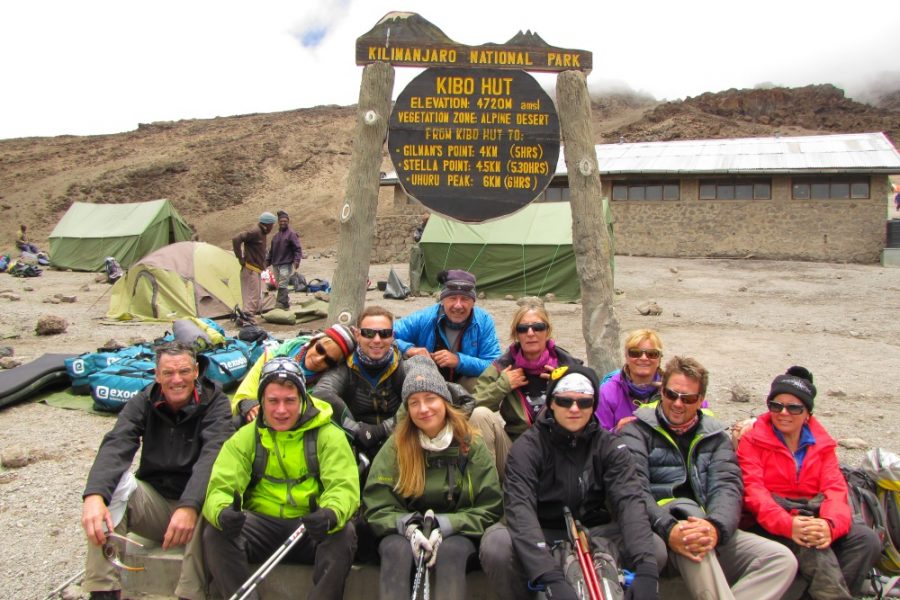



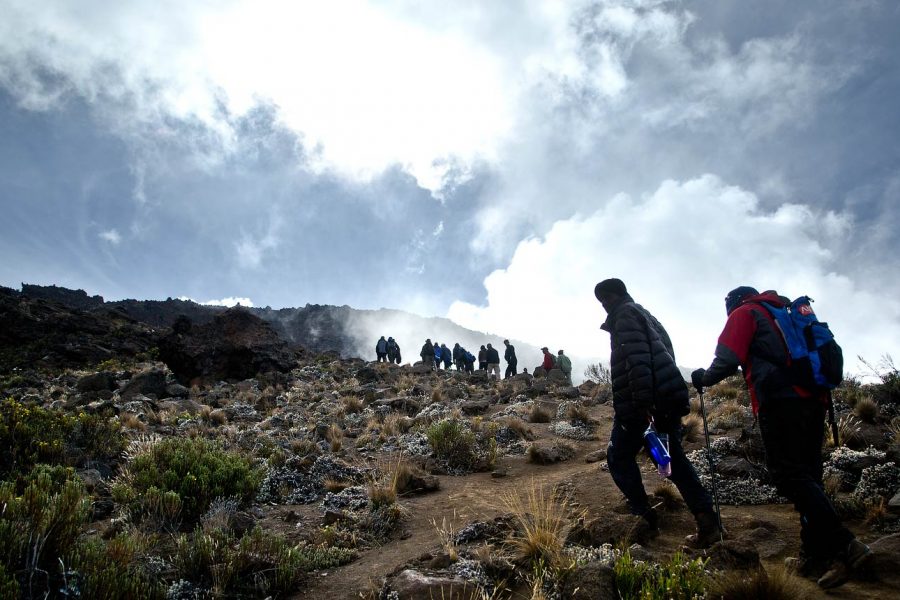
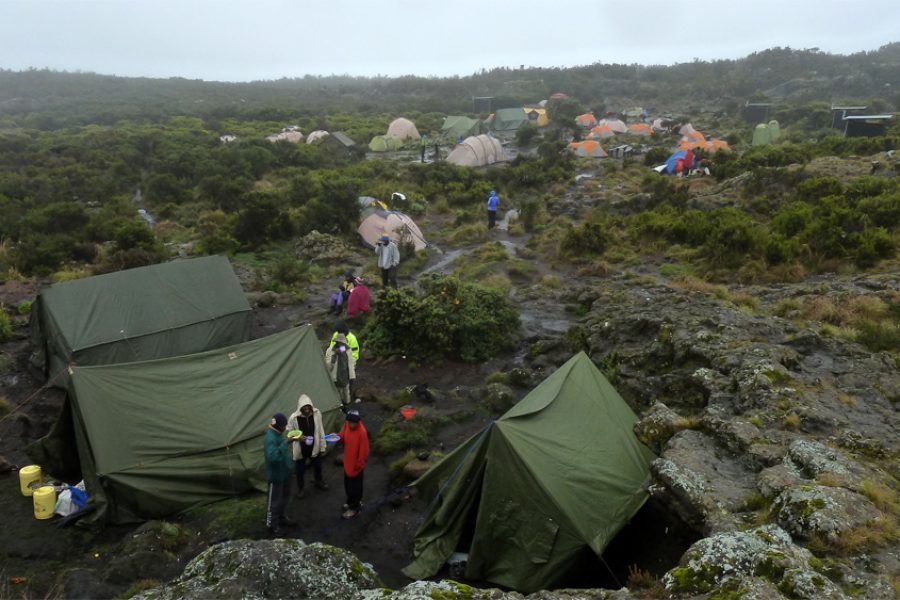
















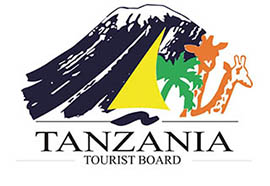

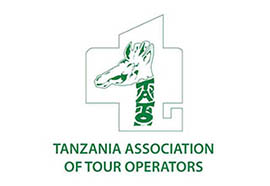

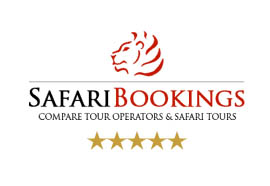



 WhatsApp us
WhatsApp us